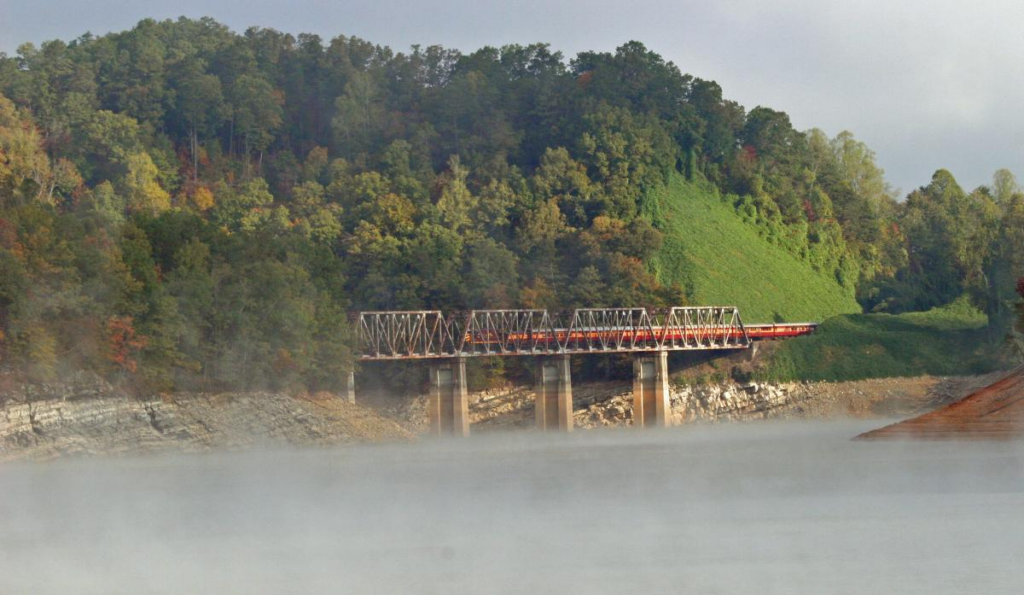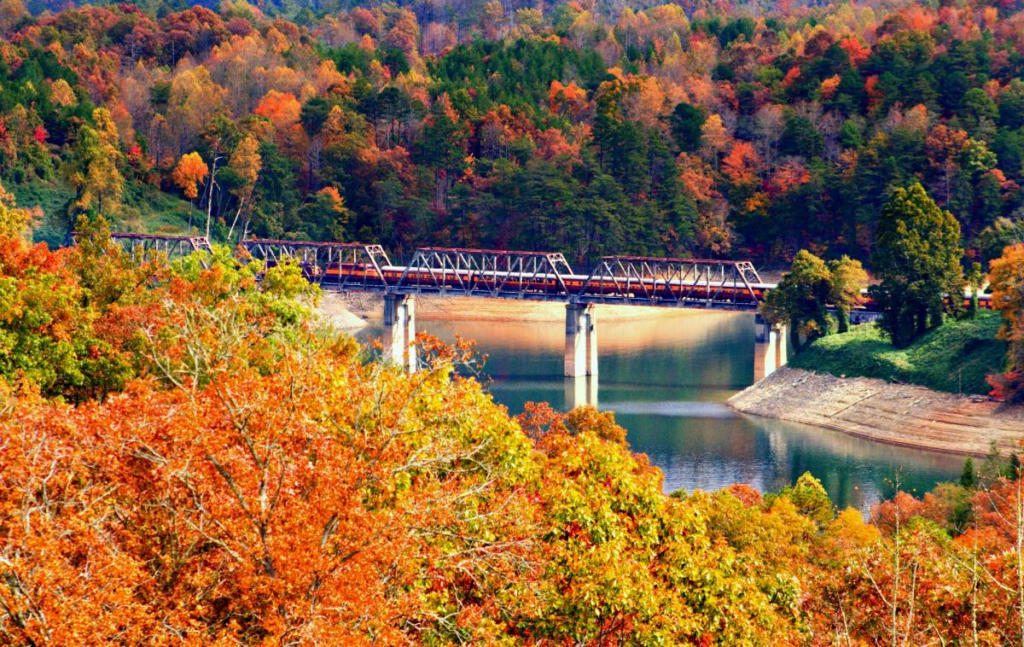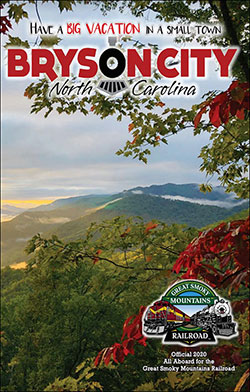Route

These Carolina mountains border the entire western edge of North Carolina, comprising some 52 percent of the Great Smoky Mountains National Park. This beautiful area also includes the southern crest of the Blue Ridge Mountains, Pisgah, Cherokee, and Nantahala National Forests. Hundreds of years ago, glacial and volcanic movement left etchings still visible on the land. In more recent times, roads and flood controls have added accessibility, stimulating the growth of commerce and then tourism. Early in the century, the railway played a major part of the story of the development of the region. Today, the Great Smoky Mountains Railroad provides visitors a way to explore the mountains and enjoy the natural beauty of Western North Carolina. 2010 marked the 75th Anniversary of the Blue Ridge Parkway. Outstanding scenery and recreational opportunities make the Blue Ridge Parkway one of the most popular sections of the National Park System. Named “America’s Favorite Drive,” the 469-mile scenic road celebrates

What You'll See
Over 125 varieties of trees are found in western North Carolina, including hemlock, yellow buckeye, umbrella magnolia, oak, birch, sugar maple, mountain ash, Fraser fir, and short needle pine. Wild blackberries and blueberries are abundant in their seasons. In spring the mountains are alive with dogwood, redbud, flame azaleas, and mountain laurel blooms. The coming of summer heralds rosebay rhododendron and an almost endless variety of wildflowers. In the fall, many of these plants show their bright berries, and of course the trees glow in all shades of red, russet, yellow, and orange. A nature lover can enjoy over 1,000 species of flowering plants, 200 birds, and over 100 species of fish and animals.
What You Can Do
This delightful mountain vacationland is like a nature conservancy in which small towns, rushing rivers, and ancient mountains reside. It’s Family Fun for all ages and one of the top fun things to do in North Carolina! Railroad depots are located in three historic towns; Dillsboro (no current departures), a village of shops and crafts; Bryson City, located on the edge of the Great Smoky Mountains National Park; and Andrews (no current departures), a scenic valley in the Snowbird Mountains. All were founded in the 1800’s and have retained aspects of their original character, adding to their historic charm! To find out more about the local area you can view our VISITOR GUIDE HERE!
When you come to ride the train, we hope you’ll plan to stay awhile. You’ll enjoy the country inns, lodges, resorts, quaint shops, places to dine, historic sites, museums, and amenities. It’s America as it used to be; a treasury of friendly people, a restful environment, and the beauty of nature everywhere.

